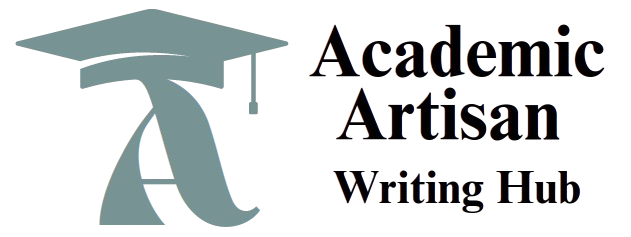WhatsApp Number: +1(249) 265-0080
Workplace Conflict Management Models
Read the following article to better understand organizational conflict and how leadership and researched conflict resolution steps be used to mitigate or resolve conflict: What the Differences in Conflict Between Online and Face-to-Face Work Groups Mean for Hybrid Groups: A State of the Art Review
Conflict can be present in an organization in many ways. There can be conflict with a task, a process, or with individuals. At its core, conflict centers on the perception (or reality) that the particular situation will negatively impact what the individual believes is the correct assertion or process. It is important to note that because opinions and experiences differ, that does not necessarily mean one party or the other is in error. However, the differences form the foundation of a conflict that must be identified and resolved.
Anyone can argue that conflict is inevitable, but company leaders and employees must recognize conflict exists and work to resolve the issues and mitigate potential impacts.
Based on your research and experience, discuss the following with your classmates:
- What are the different types of conflict and social dilemmas that can be experienced in an organization?
- What conflict resolution models can be used to mitigate and reduce conflict in a company’s sociotechnical systems environment?
- How have social media applications increased or decreased conflict in the workplace?
Check our essay writing services here
Workplace Conflict Management Models
Discussion Post
Types of Conflict and Social Dilemmas in Organizations
Organizational conflict can take multiple forms. Task conflict occurs when team members disagree on the content, goals, or deliverables of work (Jehn & Bendersky, 2003). Process conflict involves disputes over the methods, roles, or timelines for completing a task. Relationship conflict arises from interpersonal tension, miscommunication, or personality clashes, often causing the most emotional strain. Social dilemmas also emerge, such as the tragedy of the commons (e.g., overusing shared resources like server space) or free-rider problems, where some employees benefit from the work of others without contributing equally (Kollock, 1998). In hybrid teams, conflicts can also be exacerbated by differing access to resources, time zone challenges, and communication gaps between remote and in-person staff.
Conflict Resolution Models for Sociotechnical Systems
In a sociotechnical systems environment—where human and technological elements interact—effective conflict resolution requires models that address both interpersonal and systemic factors. The Interest-Based Relational Approach (IBR) focuses on separating people from problems, building mutual respect, and identifying underlying interests rather than fixed positions (Fisher et al., 2011). The Thomas–Kilmann Conflict Mode Instrument (TKI) is also effective, helping leaders assess whether to compete, collaborate, compromise, avoid, or accommodate based on the situation’s urgency and stakes. In technology-rich environments, incorporating Collaborative Problem-Solving Models—which integrate digital tools like shared project boards—can help align process clarity with human relationship-building.
Impact of Social Media Applications on Workplace Conflict
Social media applications in the workplace have a dual effect on conflict dynamics. On one hand, platforms such as Microsoft Teams, Slack, and Yammer can reduce misunderstandings by increasing transparency, enabling real-time updates, and fostering informal team connection. They also support asynchronous communication, which can reduce scheduling-related tensions in global teams. On the other hand, the immediacy and informality of these tools can increase conflict when messages lack tone cues, leading to misinterpretations or perceived disrespect (Marlow et al., 2017). Additionally, the blurring of professional and personal boundaries through public social media (e.g., Facebook, Twitter) can expose value differences, political disagreements, or off-duty behavior that spills into workplace interactions. The key for leaders is to set clear communication guidelines, promote respectful online engagement, and intervene early when digital interactions show signs of escalating tension.
Organizational conflict is inevitable, but through an understanding of its forms, application of structured resolution models, and mindful integration of digital tools, leaders can manage disputes in a way that preserves collaboration and trust—both online and face-to-face.
References
-
Fisher, R., Ury, W., & Patton, B. (2011). Getting to yes: Negotiating agreement without giving in (3rd ed.). Penguin Books.
-
Jehn, K. A., & Bendersky, C. (2003). Intragroup conflict in organizations: A contingency perspective on the conflict-outcome relationship. Research in Organizational Behavior, 25, 187–242. https://doi.org/10.1016/S0191-3085(03)25005-X
-
Kollock, P. (1998). Social dilemmas: The anatomy of cooperation. Annual Review of Sociology, 24(1), 183–214. https://doi.org/10.1146/annurev.soc.24.1.183
-
Marlow, J., Lacerenza, C. N., & Salas, E. (2017). Communication in virtual teams: A conceptual framework and research agenda. Human Resource Management Review, 27(4), 575–589. https://doi.org/10.1016/j.hrmr.2016.12.005


